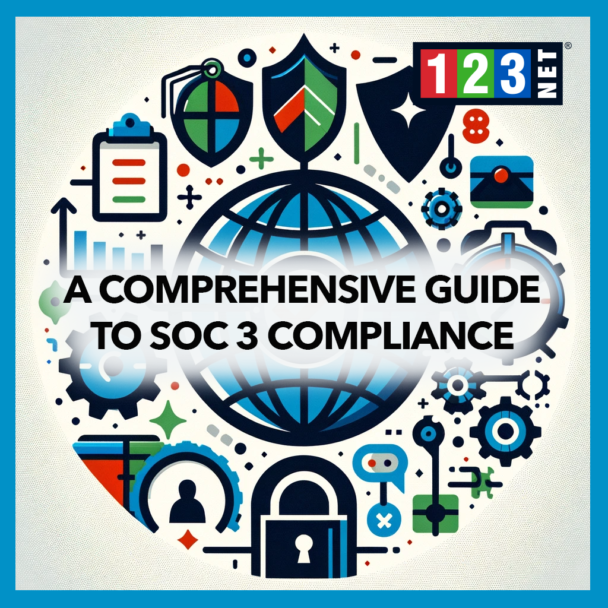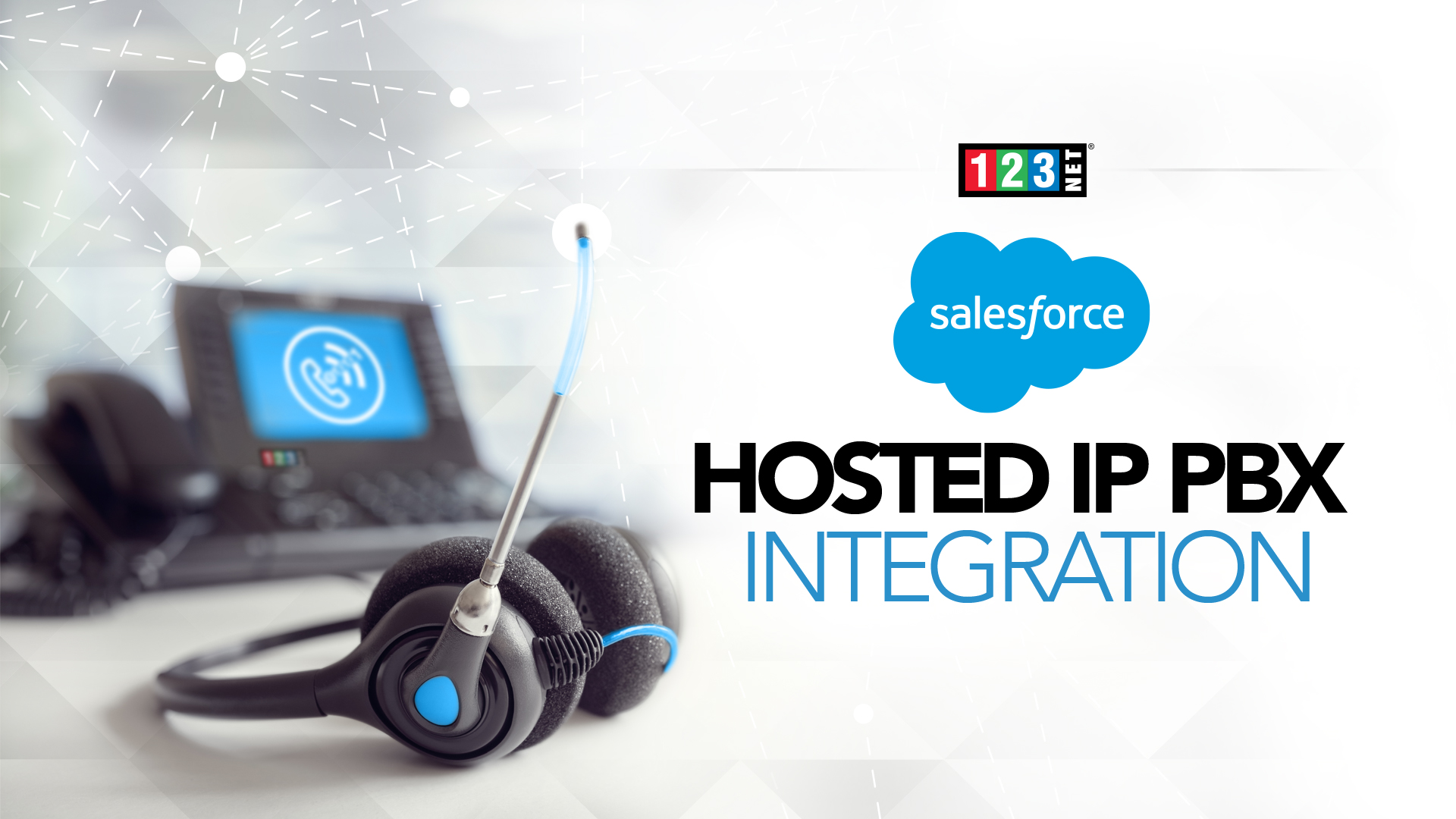
Introduction
SOC 3 compliance represents a cornerstone in establishing trust and security between cloud service providers and their clients. Stemming from the American Institute of Certified Public Accountants (AICPA), SOC (Service Organization Control) reports offer assurance on controls at a service organization relevant to security, availability, processing integrity, confidentiality, and privacy. Unlike its counterparts, SOC 3 reports are designed for public disclosure. It is providing a high-level overview of a company’s adherence to trust service principles without the detailed and technical specifics. This makes SOC 3 particularly valuable for businesses seeking to demonstrate their commitment to these principles to a broader audience. Thereby underlining its importance for businesses and cloud services in maintaining transparency, reliability, and integrity in operations.
Differences Between SOC 1, SOC 2, and SOC 3 Reports
The SOC (Service Organization Control) reporting framework is designed to give businesses a structured way to demonstrate their control over information security and operations. This is crucial for maintaining trust with clients and regulatory bodies. It comprises three distinct types of reports: SOC 1, SOC 2, and SOC 3, each serving a specific purpose and audience within the sphere of data protection and compliance.
SOC 1
SOC 1 reports are primarily focused on controls related to financial reporting. These reports are indispensable for auditors and financial executives as they provide assurance that the financial data being reported is accurate and handled correctly. This is reducing the risk of financial discrepancies or fraud. They are typically utilized by service organizations that impact their clients’ financial reporting. It is ensuring that the controls over data processing and storage meet the requisite standards for financial integrity and reliability.
SOC 2
Moving deeper into the realm of information security, SOC 2 reports are aimed at a more technically knowledgeable audience. They delve into the specifics of how a company manages and secures data. It is covering five trust service criteria: security, availability, processing integrity, confidentiality, and privacy. This comprehensive analysis reassures clients and partners that the organization adheres to high standards of data protection and operational reliability. Given their detailed nature, SOC 2 reports are often pivotal for companies that store or process sensitive information. It will be providing a more granular view of their security practices.
SOC 3
Contrastingly, SOC 3 reports to design for a broader audience. Simplifying the detailed insights found in SOC 2 reports, SOC 3 offers a general summary of how an organization meets the aforementioned trust principles. The key advantage of SOC 3 reports is their accessibility. It can be freely distribute, making them ideal for sharing with the public or on a company’s website to signify their commitment. This will be maintaining a secure and reliable service environment without revealing the specifics of their security measures. This level of transparency builds trust and credibility with clients, potential customers, and other stakeholders. It is showcasing the organization’s dedication to upholding stringent security standards.
The varied nature of SOC reports allows organizations to cater to different needs—from internal governance and regulatory compliance to marketing and establishing customer trust. This flexibility ensures that businesses of any size or type can find a suitable way to communicate their commitment to data security and operational integrity. This is leveraging the appropriate SOC report to meet their specific objectives.
Key Components of SOC 3 Reports
SOC 3 reports stand as a testament to an organization’s dedication to upholding the highest standards of data security and operational integrity. The structure is around the framework of five fundamental trust service principles: Security, Availability, Processing Integrity, Confidentiality, and Privacy. Each principle targets a critical aspect of information security and operational efficacy. It is ensuring a comprehensive approach to data protection and system management.
Security
The principle of Security forms the cornerstone of SOC 3 compliance, emphasizing the need for robust measures to protect against unauthorized access, data breaches, and other security threats. This involves a holistic approach to safeguarding data, encompassing both digital cybersecurity measures and physical security protocols. It ensures that sensitive information remains inaccessible to unauthorized parties, thus preserving the integrity and confidentiality of client data.
Availability
Availability, another key component, focuses on the reliability and accessibility of systems and services as per the commitments made to clients. This principle underscores the importance of minimizing downtime and ensuring that services are operational and accessible when needed, thereby enhancing user satisfaction and trust in the service provider.
Processing Integrity
Processing Integrity ensures that all system processing is complete, valid, accurate, timely, and authorized, thereby guaranteeing the reliability of operations. This principle is crucial for maintaining the accuracy and timeliness of transactions, which in turn supports effective decision-making and operational efficiency.
Confidentiality
Confidentiality is dedicating to protecting information deemed confidential from unauthorize a disclosure. This principle is vital for businesses that handle sensitive client or proprietary information, ensuring that such data is accessing only by authorized individuals and for intended purposes.
Privacy
Lastly, Privacy addresses the proper management of personal information, from its collection to disposal, in accordance with the organization’s privacy notice and relevant privacy laws. This principle ensures that personal data is handled respectfully and responsibly, safeguarding against improper use and maintaining the trust of those who provide it.
Collectively, these principles form the backbone of SOC 3 reports. It is demonstrating an organization’s comprehensive approach to data protection and system reliability. By adhering to these standards, organizations not only protect their clients’ data but also fortify their reputation and build trust in their brand, showcasing their unwavering commitment to security and privacy in an increasingly digital world.
The Process of Obtaining SOC 3 Compliance
Third-Party Auditor
The journey to achieving SOC 3 compliance is both rigorous and rewarding. It is offering organizations a clear badge of trust and reliability in managing data security and privacy. Central to this process is the engagement with a qualified third-party auditor, who plays a pivotal role in evaluating the organization’s adherence to the established trust service principles: Security, Availability, Processing Integrity, Confidentiality, and Privacy. The path to compliance begins long before the auditor steps through the door, with organizations investing significant time. As well as resources to fully grasp the SOC 3 criteria and align their operational policies and procedures with these standards.
Preparation
Preparation is key in this initial phase. Companies must implement and meticulously document the controls and processes that support the trust service principles. This groundwork ensures that the organization is not only preparing for the audit but also operates in a manner that inherently safeguards client data and system integrity. The audit itself is an exhaustive examination of the organization’s systems and controls. Where auditors meticulously assess the effectiveness and adequacy of the controls in place to meet SOC 3 criteria. They delve into every aspect of the organization’s operations, from data handling practices to the reliability of service delivery. It is ensuring a thorough vetting process.
Upon satisfying the audit requirements, the organization is awarding a SOC 3 report, of data security and privacy. This report can share publicly, offering a transparent illustration of the company’s dedication to protecting client information and maintaining a secure operational environment. It underscores the invaluable role of third-party auditors in certifying compliance. It is offering an objective and authoritative assessment of the organization’s practices. Achieving SOC 3 compliance is not merely about passing an audit; it’s a demonstration of an organization’s ongoing commitment. This will be operational excellence and a culture of security that earns the trust of clients and stakeholders alike.
Benefits of SOC 3 Compliance for Businesses
SOC 3 compliance stands as a beacon of trust and reliability, offering businesses a distinct competitive edge by publicly affirming their commitment to rigorous standards of data security and privacy. This public declaration not only bolsters trust and credibility with current and prospective customers. Also serves as a key differentiator in a market where data protection is increasingly paramount. In an era marked by heightened regulatory scrutiny and consumer awareness around data privacy. It is achieving SOC 3 compliance demonstrates an organization’s proactive stance on safeguarding sensitive information. Aligning with both legal requirements and customer expectations.
Moreover, the journey to SOC 3 compliance encourages organizations to enhance their internal controls and fortify their data security frameworks. This process involves a comprehensive evaluation and reinforcement of existing security measures. This will be ensuring that all aspects of data handling and processing are robust and resilient against threats. As a result, organizations can significantly reduce the likelihood of data breaches and other security incidents. It is safeguarding their reputation and strengthening customer trust.
Beyond the immediate benefits of enhanced security measures, SOC 3 compliance cultivates a culture of continuous improvement within organizations. It prompts regular review and updates of security practices, ensuring that they remain effective against evolving threats. Ultimately, SOC 3 compliance not only protects the organization’s data assets but also reinforces its commitment. It will be maintaining the highest standards of integrity and transparency. It is fostering long-term customer loyalty and trust.
FAQs on SOC 3 Compliance
- Who needs a SOC 3 report? A: Businesses that provide cloud services or other IT services to customers and wish to publicly demonstrate their commitment to security, availability, processing integrity, confidentiality, and privacy.
- How often should SOC 3 audits be performed? A: Annual audits are recommended to ensure ongoing compliance and to reflect any changes in business processes or IT infrastructure.
- Can SOC 3 reports be publicly shared? A: Yes, SOC 3 reports are designed for general public disclosure, allowing organizations to showcase their compliance with trust service principles.
Conclusion and Future of SOC 3 Compliance
In conclusion, SOC 3 compliance stands as a vital benchmark for businesses. They are demonstrating their dedication to security, reliability, and privacy. As digital transformation accelerates and data security becomes increasingly paramount, the importance of SOC 3 compliance is set to grow. Future trends may see a deeper integration of advanced security technologies and practices within the SOC framework. It is further enhancing transparency and trust between service providers and their clients. The evolving landscape of digital security and privacy standards will likely see SOC 3 compliance becoming an even more critical asset for businesses.




